Porcelain figurines are cherished possessions that often hold significant sentimental or monetary value. Proper maintenance is essential to keep these beautiful pieces looking their best and to preserve their worth over time.
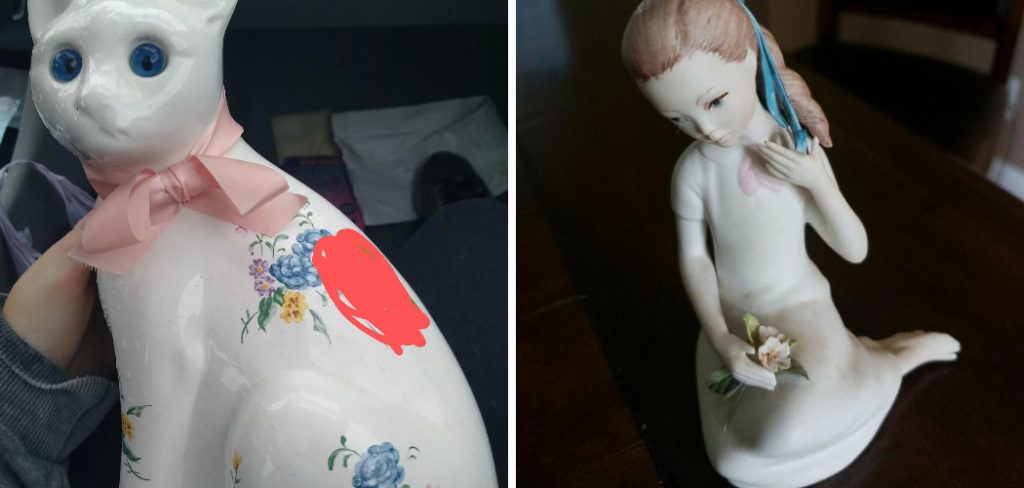
However, the delicate nature of porcelain and the intricate details many figurines feature can make cleaning them a daunting task. Improper techniques or harsh materials can easily lead to damage, such as scratches or chipped paint. Understanding how to clean porcelain figurines safely is crucial to ensuring their longevity and appearance. This article provides clear, effective steps and tips for cleaning porcelain figurines without risk of harm, enabling you to maintain their pristine condition for years to come. Whether you are a collector or a casual owner, these guidelines will help you care for your figurines with confidence.
Understanding Your Porcelain Figurine
Before cleaning your porcelain figurine, it is essential to understand its specific characteristics. Knowing the type of porcelain and its unique details will help you choose the safest and most effective cleaning method.
Glazed vs. Unglazed Porcelain
Glazed porcelain boasts a shiny, smooth finish that enhances its water resistance and reduces its tendency to absorb liquids. This makes cleaning relatively easier, as glazed surfaces are less likely to stain. Conversely, unglazed porcelain has a matte, porous surface that can absorb liquids, making it more susceptible to discoloration and damage if improper cleaning methods are used. Understanding this distinction is crucial to prevent damage to your figurine’s surface.
Hand-Painted or Decal Details
Many porcelain figurines are adorned with hand-painted accents or decals, which enhance their beauty but also require extra care. These details can be sensitive to certain cleaning agents or abrasive materials. Before cleaning, determine whether the figurine has these delicate elements, as they may need special attention to prevent chipping, fading, or peeling.
Assessing Fragility and Value
Some antique or collectible porcelain figurines hold significant monetary or sentimental value. These items are often more fragile and may require gentler handling during cleaning. If the figurine is particularly valuable or shows signs of extreme wear, consulting a professional conservator may be the best option to ensure its preservation.
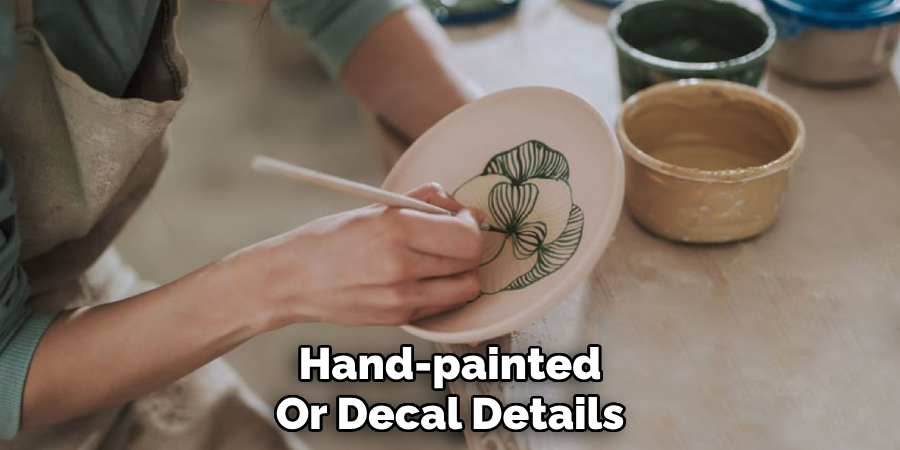
Supplies You’ll Need
To clean your porcelain figurine safely and effectively, gather the following supplies:
- Soft-bristle toothbrush or makeup brush: Perfect for dusting off delicate details without causing scratches.
- Lint-free microfiber cloth: Helps to gently clean surfaces and prevent lint residue.
- Mild dish soap (non-abrasive): Ideal for removing dirt and grime without harming the finish.
- Lukewarm water: Ensures safe cleaning without thermal shock to the porcelain.
- Cotton swabs: Useful for accessing tight crevices and intricate designs.
- Optional: Soft towel or drying rack for air drying the figurine after cleaning.
Cautions:
Avoid using abrasive cleaners, bleach, or rough cloths, as these can damage the delicate surface of the porcelain. Always handle your figurine with care to prevent accidental chips or cracks during cleaning.
Preparing for the Cleaning Process
Before cleaning your porcelain figurine, it is crucial to take a few preparatory steps to ensure the process is both safe and effective.
Step 1: Choose a Safe Workspace
Select a clean, flat surface to use as your workspace. Lay a soft towel or cloth underneath the figurine to provide cushioning and minimize the risk of breakage if the figurine slips or falls. Ensure the area is clutter-free to avoid accidental bumps or distractions during the cleaning process.
Step 2: Remove Dust
Using a dry, soft-bristled brush or a microfiber cloth, gently remove any surface dust from the figurine. This step helps prevent dirt from being spread or smeared when water is introduced during cleaning. Pay extra attention to intricate designs or hard-to-reach areas where dust tends to accumulate.
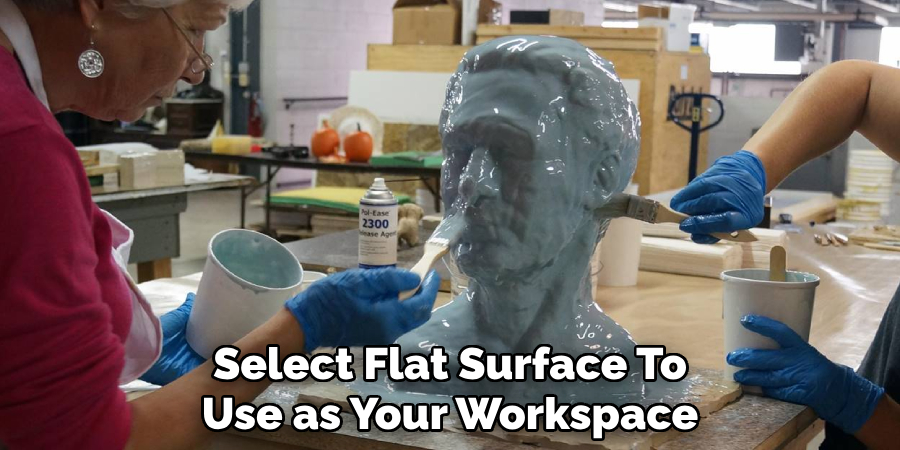
Step 3: Inspect for Damage
Carefully examine the figurine for any cracks, chips, or loose pieces before proceeding with water-based cleaning. Identifying any damage beforehand ensures that you can handle the figurine more delicately during the process, thereby reducing the chance of exacerbating existing flaws. If significant damage is present, consider consulting a professional for repairs before cleaning.
How to Clean Porcelain Figurines: Step-by-Step Guide
Step 1: Prepare a Soapy Solution
Mix a few drops of mild dish soap with lukewarm water in a bowl. Ensure the soap is gentle enough to avoid damaging the figurine’s surface, especially if it’s painted or made from delicate materials. Stir the water to create a consistent mixture.
Step 2: Gently Wipe with a Cloth or Brush
Dip a soft, lint-free cloth or a soft-bristled brush into the soapy solution. Carefully wipe the surface of the figurine using circular motions to remove dirt, grime, or dust, applying just enough pressure to do so. Focus on keeping your strokes gentle to preserve intricate details or fragile areas.
Step 3: Clean Hard-to-Reach Areas
For detailed crevices or hard-to-reach spots, use a dampened cotton swab or a soft toothbrush. Work carefully to ensure all nooks and crannies are thoroughly cleaned, but avoid scrubbing too vigorously, as this can cause damage.
Step 4: Rinse Carefully
Using a clean, damp cloth, wipe away any soap residue from the figurine. Avoid submerging fragile or antique pieces in water, as this may harm their structure or finish. Be sure to rinse gently and thoroughly to prevent soap buildup.
Step 5: Dry Properly
Pat the figurine dry with a microfiber or lint-free cloth to absorb excess moisture. Allow it to air dry completely in a safe, dry space before placing it back on display. Ensure no moisture remains to prevent potential water damage or mildew growth.
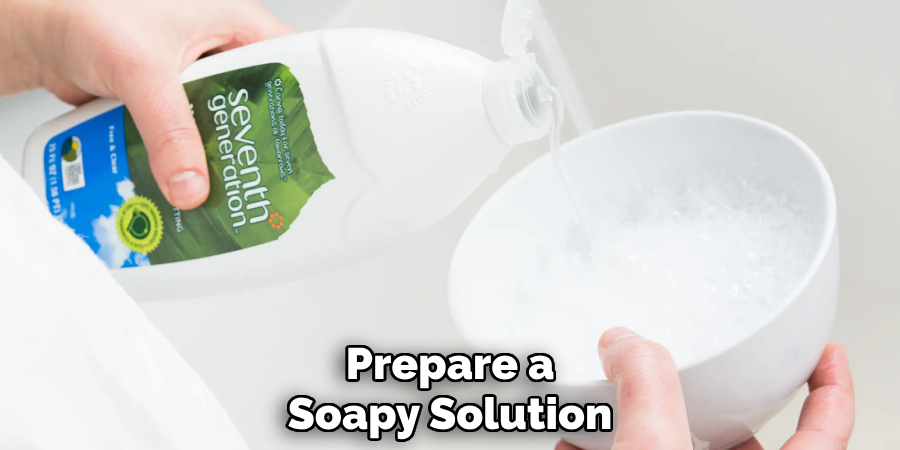
How to Clean Stained or Heavily Soiled Figurines
When dealing with stained or heavily soiled figurines, a careful and methodical approach is essential to prevent damage while restoring their appearance.
Mild Stains
For figurines with mild stains, create a paste using baking soda and water. Apply this paste gently using a soft-bristled brush, ensuring you do not scrub too hard, as excessive pressure may scratch or damage the surface. Rinse any residue with a slightly damp, clean cloth and pat dry thoroughly.
Tough Grime or Yellowing
For tougher grime or yellowing, soak a cloth in diluted white vinegar (a mix of one part vinegar to two parts water) and dab lightly on the affected areas. Before using this method, always test it on an inconspicuous area of the figurine to ensure it does not react adversely to the vinegar. Repeat the process gently as needed, and always wipe away excess residue afterward.
Avoid Soaking Entire Figurines
Be cautious about soaking figurines, especially unglazed or antique pieces, as prolonged exposure to moisture can cause structural damage or surface deterioration. Always opt for targeted cleaning methods to preserve the integrity and longevity of your cherished collectibles.
Special Considerations for Antique Figurines
Use Minimal Moisture
Antique figurines are often more fragile and susceptible to damage, so it is essential to use minimal moisture during cleaning. Opt for a lightly dampened, lint-free cloth to gently wipe away dust and dirt. Avoid saturating the surface, as excess moisture can seep into fragile materials, weakening delicate areas or causing irreversible deterioration.
Avoid Cleaning Over Gold Leaf or Delicate Paint
Decorative features such as gold leaf or intricate hand-painted designs require extra care. These finishes are particularly prone to damage, even when cleaned gently. Avoid scrubbing or applying pressure to these areas, as this can lead to fading, chipping, or the complete removal of the design. To preserve these details, focus on cleaning around them without direct contact.
When to Consult a Professional
If your antique figurine holds significant monetary or sentimental value, or if it is showing signs of damage, it is wise to consult a professional conservator or restorer. Experts can address cracks, chips, or other deterioration using specialized techniques, ensuring the figurine’s integrity and appearance are preserved for future generations. Seeking professional advice is especially critical for rare or museum-quality pieces.
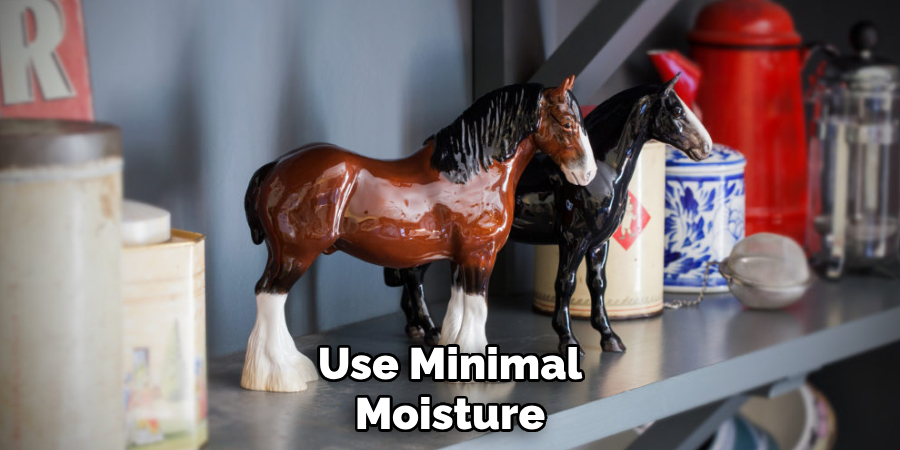
Maintenance Tips to Keep Figurines Clean
Regular Dusting
Dust your figurines once a week using a soft-bristled brush or a lint-free cloth. This helps prevent dust buildup and keeps the figurines looking pristine. Be gentle during the process, especially around delicate or intricate details.
Avoid Displaying in High-Humidity or Greasy Areas
High-humidity spaces, such as bathrooms, or areas prone to grease, like kitchens, can lead to the accumulation of grime and moisture on your figurines. Please place them in dry, well-ventilated areas to avoid potential damage.
Use Display Cases
Consider using glass display cases to safeguard your figurines from dust and debris. Display cases not only minimize the need for frequent cleaning but also provide an elegant way to showcase your collection while offering added protection against accidental damage.
Conclusion
Cleaning porcelain figurines requires a gentle touch and the right materials. By following proper techniques and maintaining a regular cleaning routine, you can preserve their beauty and integrity for years to come. Always take the time to assess the condition and value of your items before attempting any deep cleaning procedures.
When unsure of the best approach, consider consulting a professional conservator for guidance. Understanding “how to clean porcelain figurines” effectively ensures that your cherished collection remains in excellent condition, allowing you to enjoy their timeless charm without the worry of unintended damage.
Specialization:
- Master of wheel-throwing, hand-building, and advanced glazing techniques
- Focus on creating both functional pottery and decorative art pieces
Recognition:
- Celebrated by collectors and art enthusiasts for creating one-of-a-kind pieces that blend artistry with functionality
- Participates in local and national exhibitions, earning accolades for his innovative designs and craftsmanship
Passion:
- Deeply committed to exploring and pushing the boundaries of ceramic artistry
- Continuously experiments with new materials, firing techniques, and artistic concepts to evolve his craft
Personal Philosophy:
- Believes in the transformative power of art, aiming to evoke emotions and connections through his ceramic creations
- Advocates for sustainability in ceramics, using eco-friendly materials and practices whenever possible


